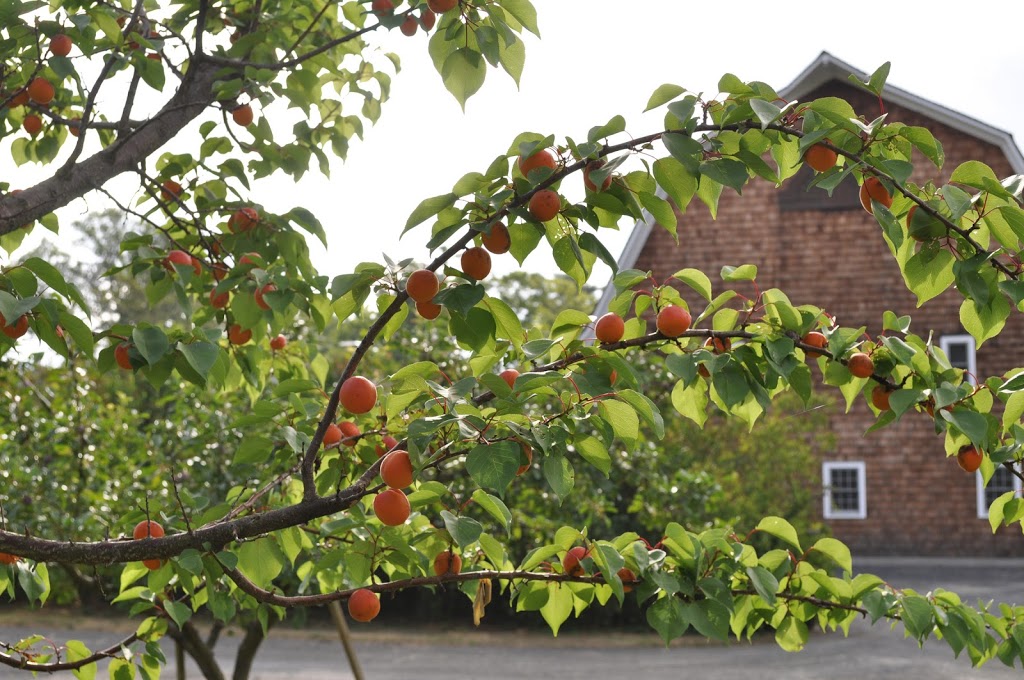Down in Dixie
Green, Green, Green, and Flowers!
After delivering a couple of lectures about gardening in North Carolina, I set off on a very short, whirlwind tour of the southeast, specifically North Carolina and Georgia, and ending with a stay in Charleston. How different from my spot here in New York’s Hudson Valley!
For all Charleston’s uniqueness, three characteristics jumped out. It being early March and my coming an achromatic landscape of snow, sleeping plant life, and cold, I was immediately struck by the abundance of greenery. Not the tired greenery of many evergreens here in the north, but vibrant, awake greenery in a variety of shapes, textures, and sizes.
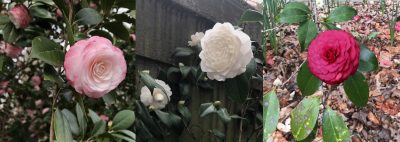
Camellia blossoming in Charleston
Included in all that Charlestonian greenery were fronds of palm trees — saw palmetto and sabal palmetto — fanning out above jagged trunks. Those palms were a reminder that I was now in a subtropical rather than temperate climate. Not that the weather helped make the point; some days were in the high 40s and one night temperatures were predicted to dip near freezing.
March notwithstanding, Charleston had no dearth of flowers. Camellia blossoms stared out from a backdrop of their verdant foliage. Camellia is one of my favorite plants. I tried to grow one of the hardier new varieties of camellia a few years ago, offering it some cold protection by planting it near my home; it died its first winter. I wonder if southerners become blasé about these blossoms; camellias were growing everywhere, and in bloom.
The white blossoms of sweet osmanthus belied their diminutive size with the strength with which they perfumed the air. The fragrance was fruity, apricot.
Very different was another fragrance, this one wafting from clusters of trumpet-shaped blossoms dangling from the bare stems of edgworthia, also known as paperbush. That’s another plant that won’t grow this far north but no matter. I wavered between enjoying and not enjoying its resinous aroma.
If only gardenias — another plant growing outdoors in the southeast but not hardy here in the North— had been in bloom, the olfactory part of my trip would have been complete. All I could do was marvel at what it would be like if I could have a dooryard shrub of gardenia. I might be on the verge of passing out as I hyperventilated through the bloom season.
Oranges? No. ‘Quats? Yes
Two interesting fruits turned up here and there.
One was loquat, an odd relative of apple and pear. The leaves are large, dark green, and evergreen with a matte finish, all of which makes an appearance that is subtropical, which the plant is.
Most odd is loquat’s bearing habit. It flowers in autumn and ripens its fruit in spring or early summer. I once bought one at a fruit stand in Paris. Its flavor was unimpressive, but that’s true of many commercially marketed fruits. Loquats generally receive high praise for flavor. If I ever get to taste a good one, I might grow the plant in the loquat-perfect environment of my greenhouse.
The other fruit was citrus, two fruits, actually, and also “-quats” but not at all related to kumquat. They were kumquat and citrangequate. It just didn’t seem like citrus could be hardy that far north (except for the super-cold-hardy but hardly edible trifoliate orange, which I have growing outdoors).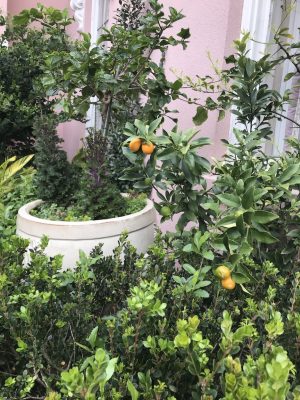 But winter low temperatures in Charleston rarely dip even to freezing but kumquat trees are hardy into the ‘teens. A few citrangequats — trigeneric hybids of kumquat, trifoliate orange, and sweet orange — that I stole from a tree proved to be tasty with sweet, edible rind enclosing a pleasingly tart interior.
But winter low temperatures in Charleston rarely dip even to freezing but kumquat trees are hardy into the ‘teens. A few citrangequats — trigeneric hybids of kumquat, trifoliate orange, and sweet orange — that I stole from a tree proved to be tasty with sweet, edible rind enclosing a pleasingly tart interior.
Southern Faves
Three of my favorite plants that I cannot grow were present in abundance. I already mentioned camellia. Another is southern magnolia, a stately tree that differs from northern magnolia in having very large, leathery, evergreen leaves that look somewhat like the rubber trees that are common houseplants.
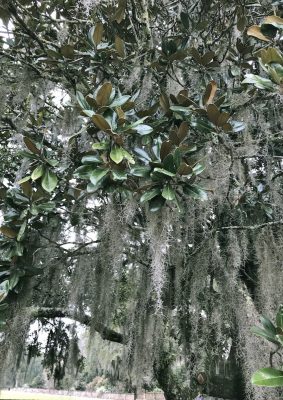
Southern magnolia decked with Spanish moss
It was too early for the large, white, fragrant blossoms to appear but I would grow the tree for the leaves alone, if I could. It’s almost hardy here; I’ve seen trees in northern New Jersey.
Another favorite is a deciduous plant also almost cold-hardy here: crape myrtle. The plants are decked with bright flowers in various shades of red all summer, but are bare of leaves or flowers in winter, even in South Carolina. No matter, crape myrtle has a mottled, shedding bark that puts on a good show when its flowers are offstage.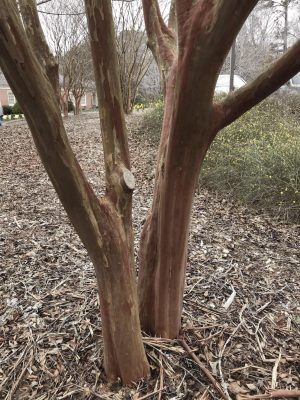
And A Dark Cloud
A dark cloud that hangs over Charleston is its role in the slave trade. About 40% of all slaves entering America entered through Charleston. And it’s not just a statistic like this or a visit to the Slave Museum, site of one of Charleston’s many slave auctions, that recalls the horrors of human bondage. I couldn’t help, when visiting the plantations in and near Charleston, constantly reminding myself that they were only possible with the labor of enslaved humans. Reminders are everywhere; even the bricks of the buildings right in town were hand made by slaves.
Many of the slaves auctioned off in Charleston were separated from their families and transported to other sites throughout the colonies, making all the colonies and then states culpable.

